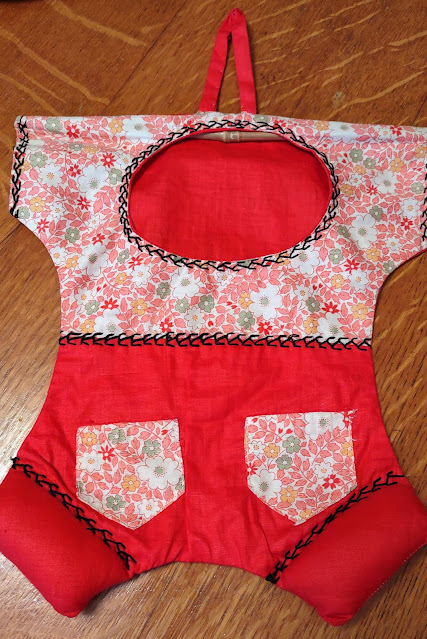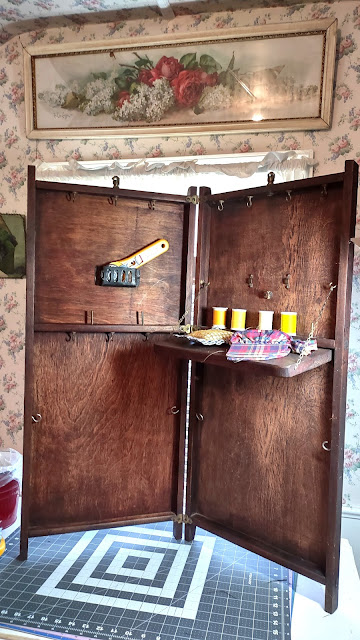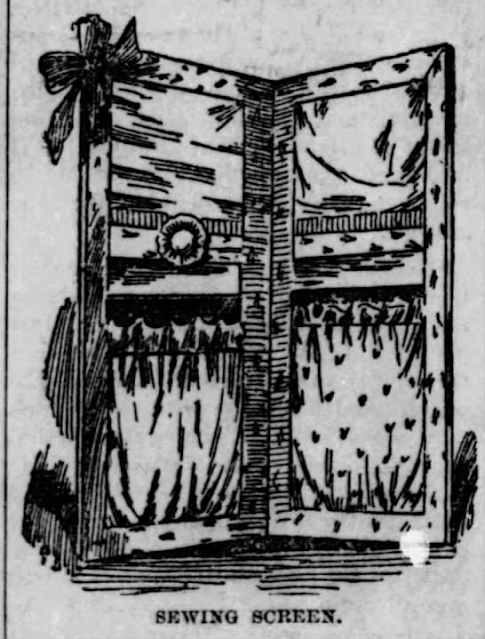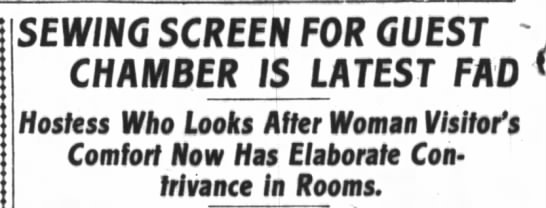Happy Wednesday!
In January of 1938, an 8th grade girl named Betty Jean sent a letter to her local newspaper in California about the Christmas she had while visiting her father. Her Dad's home was not decorated for Christmas. Betty Jean and her sister found a tree limb to substitute for a Christmas tree. "Just to be silly," she wrote. "My sister and I hung our socks by the fireplace." Happily, her socks were filled with small presents on Christmas morn: "a scarf, a box of candy, a wrist band, a box of hankies, and a sewing affair made like a pair of pajamas. On this was pinned a verse that read:
Put your thimble in my pocket,
your needles in my knees,
Drop your buttons down my collar,
And hang me where you please."
What Betty Jean described is a romper (not pajama) sewing bag. I've seen a few of these and I know that Jayne and Sue P. have at least one of these. I have a few I've collected through the years.
Ardella from Augusta, Maine, also wrote to her local newspaper about one she had received for Christmas 1936:
Also in 1936, "The Homemaker's Club", a regular column in the The Calgary Albertan (Canada), reported that the club had patterns readers had shared that were available to women in the region--including a romper sewing bag pattern.
As charming as these are and as wide spread as they are found, it is surprising that I haven't found the source of the pattern. I've looked through newspapers, magazines, even searched through things like 4-H patterns (although most members were taught to make a sewing bag, it isn't described in detail) and haven't found a single pattern published. It's a mystery.
I just happen to find this at a used book store and saw the pattern. Copies of the book are still available online at a reasonable price.






















































